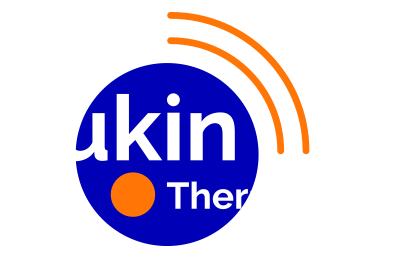
NIK is overexpressed in many pathological situations.
In solid cancers, NIK activity is known to induce cancer cell proliferation and immune escape via the induction of de novo transcription of a set of genes, including the oncogene EZH2 (1). NIK is also involved in the metabolic fitness of cancer cells via its direct impact on mitochondrial fission and energy supply regulation (glycolysis vs. Oxphos) (2). Therefore, eliminating NIK from cancer cells using selective degraders concomitantly impacts multiple pathways that are critical for tumor cell biology, leading to the inhibition of cancer cell proliferation and increased tumor immunogenicity. Importantly, in contrast to classic kinase inhibitors, Yukin’s monovalent degraders have a strong selectivity for NIK and impact its kinase activity-dependent AND independent functions.
In hematologic cancers, NIK is overexpressed in many T and B-cell lymphomas, B-cell Leukemias, as well as Multiple Myelomas.
In these hematologic cancers, NIK activates the NFKB2 pathway and EZH2 transcription, leading to proliferation and survival. NIK is also central to the differentiation and survival of autoantibody-producing B lymphocytes in the context of autoimmune diseases such as Systemic Lupus Erythematosus. In these cells, NIK activates the NFKB2 pathway directly downstream of the BAFF and CD40-L receptors, two well-known targets in the field of autoimmunity. The impact of NIK monovalent degraders on B-cell survival and proliferation encompasses hemato-oncologic and autoimmune diseases, with direct action on malignant/pathogenic cell proliferation and survival.
Genetic alteration of NIK or NFKB2 pathway molecules leads to cancer and B-cell deficits.
In non-malignant and non-pathogenic cells, NIK transcription is constitutive; however, newly formed NIK molecules are immediately degraded via the proteasome pathway (3). In malignant and pathogenic cells, NIK is stabilized in the cell cytoplasm, where it activates the NFKB2 pathway, and in the outer membrane of mitochondria, where it promotes mitochondrial fission. It has been observed that NIK degradation via the lysosomal pathway can be triggered after disruption of the NIK/Chaperone (HSP90) interaction (4). The small molecules developed by Yukin selectively bind NIK outside the Kinase domain, disrupt its integrity/conformation, and trigger its degradation via the lysosomal pathway. This novel mode of action ensures a very strong selectivity and the knockdown of all NIK activities within malignant/pathogenic cells, including kinase-independent activities.







